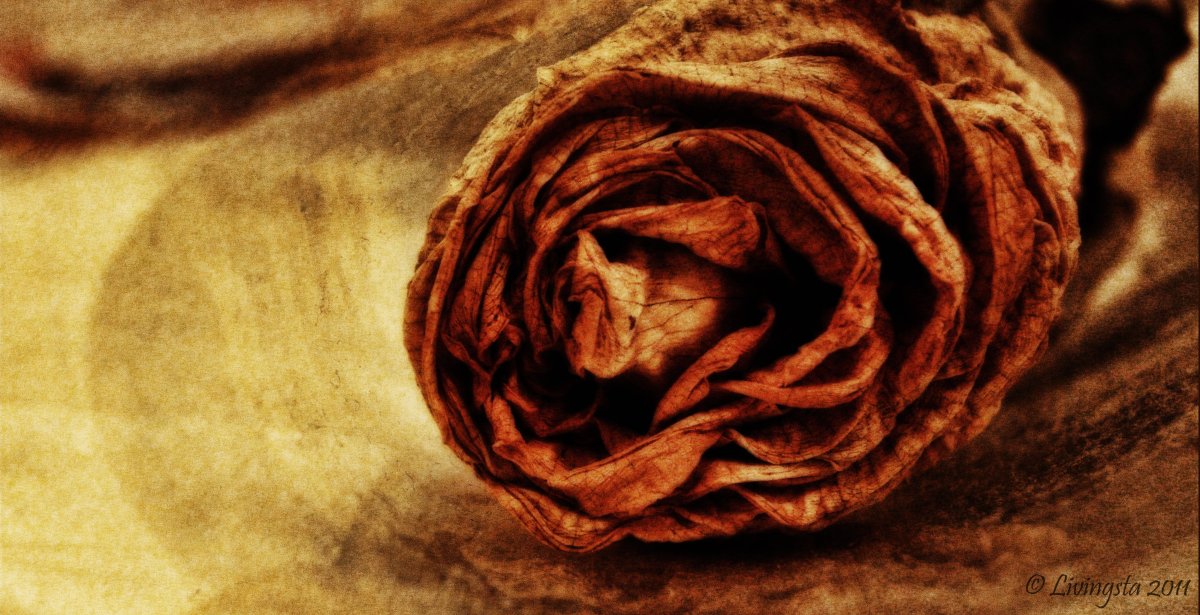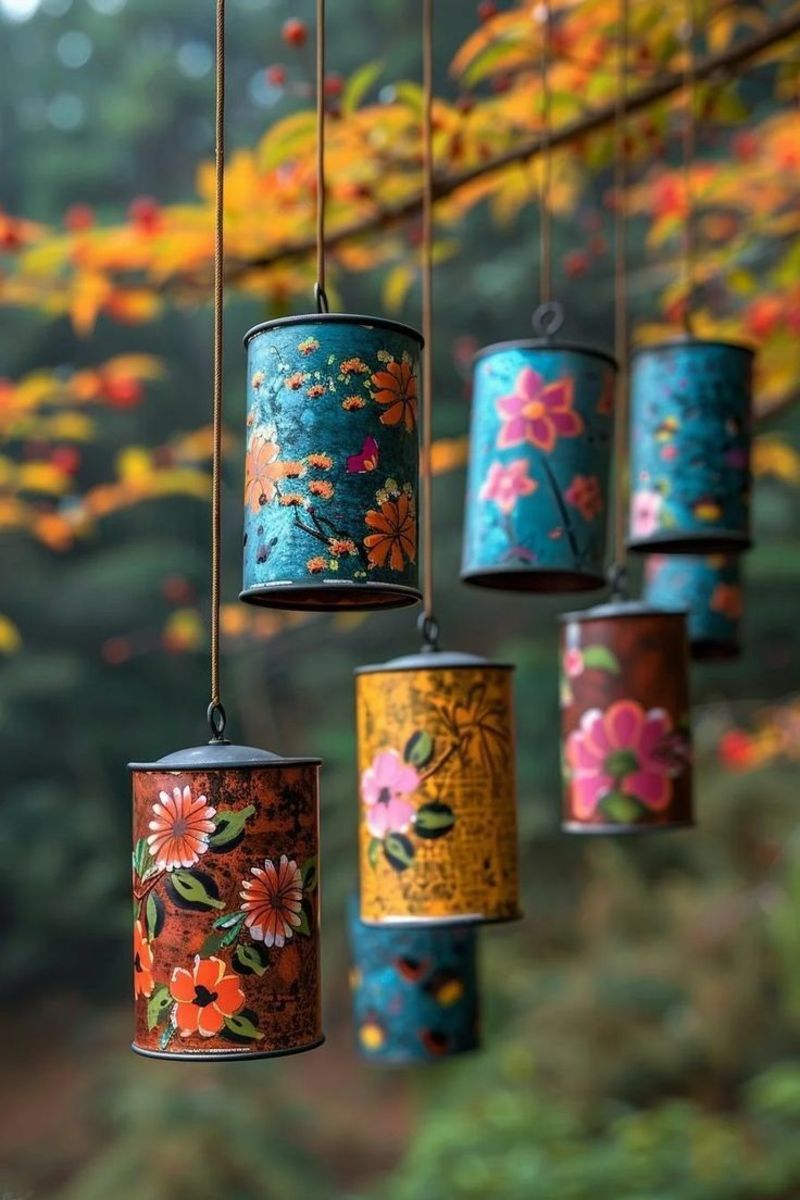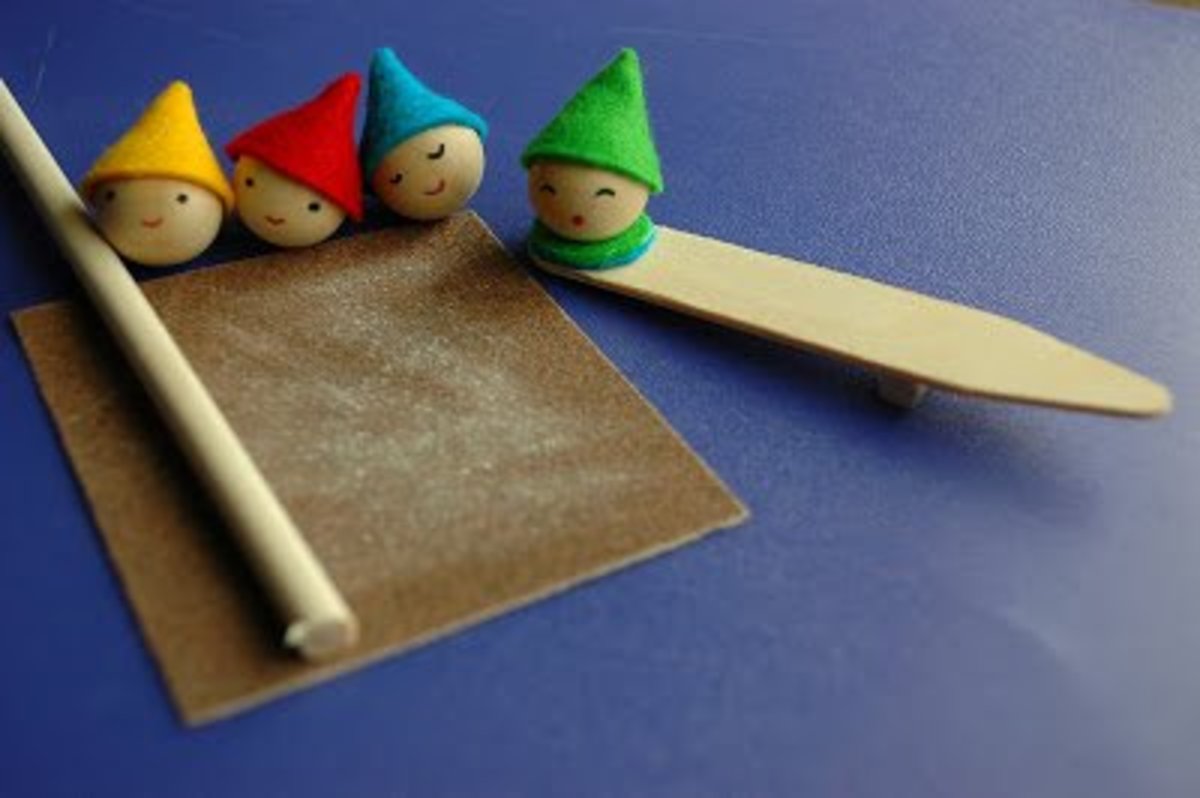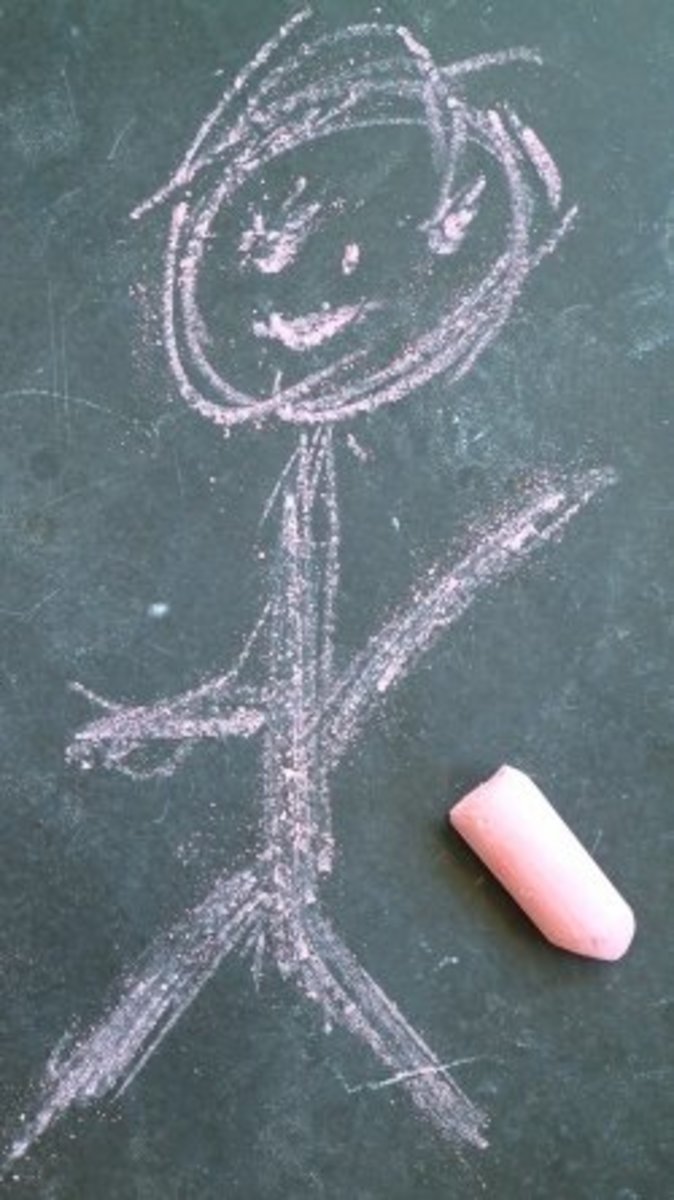Preserving Your Memories With Framing
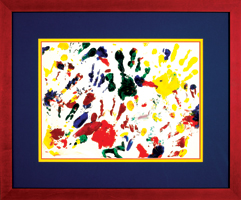
We are all sentient beings. We all have memories and as Mr. Dylan suggests, we need to take care of our memories. However, we also need to take care of the objects we all possess that represent and help us preserve those memories. One of the best ways to do this is by preservation framing. The key word is preservation. Very few people have the knowledge, skill or material to do preservation framing in their home. Actually, many retailers who also do “custom framing” lack the same necessary qualities.
Lignin
Lignin is a complex chemical compound that binds to cellulose fibers and hardens the cell wall of plants. That means it is found in all woody plants. Lignin is the acid in paper. It is the reason why newspapers and all other papers made from wood pulp will yellow and, over time, deteriorate. When exposed to light the process of deterioration will accelerate. While this is a concern for books and valuable documents that are kept out of sight, it is devastating for an object that is framed and put on display.
UV Rays
Ultraviolet rays are natural rays emitted by the sun that make up that portion of the electromagnetic spectrum between x-rays and visible light. They are harmful to humans and most of them are blocked by the ozone layer of our atmosphere. However, artificial light is also a source of UV rays. When these rays strike lignin they accelerate the deterioration process as mentioned previously; additionally, they cause a photo-chemical reaction that will fade colors to a bluish shadow of their former selves.
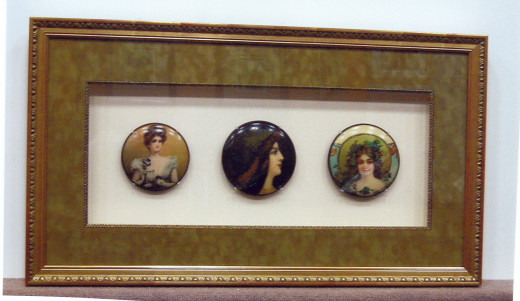
Preservation Framing
In essence, the role of preservation framing to stop the damage caused by acid and light and to preserve and protect your artifacts, your memories, for years to come. The object you want to preserve does not have to have a high monetary value, indeed it doesn’t need to have any monetary value. If that picture your son or daughter painted for you in first grade has meaning and you want to preserve it, it has just become priceless. The same goes for family heirlooms, your grandfather’s war medals, something you picked up on a trip or virtually anything else you can imagine. The only requirement is that it has meaning to you.
Your artifact or memory has now become art. Anything that touches it in the framing package must be acid free. That includes the foam backing, mats and the corners or hinges that are used to mount the piece. If the object is a ball, plate or magazine for example, the mounting devices must also be acid-free, whether they are strips of mylar or plastic holders. If you are framing a fabric, for instance your child’s christening gown, stainless steel pins should be used. The package should then be sealed to keep out anything that might possibly get. That includes airborne and crawling. Scotch tape can be used to seal the package; your framer will know which types are acid free and non-yellowing. The wooden frame should also be taped with a frame sealer to provide a barrier for all of the lignin in the frame.
The UV rays are combated with the glass. Clear glass is worthless. We've all seen prints change color when framed under clear glass. At the minimum you need to use a glass or acrylic with at least 97% UV protection. Nothing will keep out all of the UV rays, only absolute dark would accomplish that, but the higher the UV protection the better the chances are of your artifact being protected. With that in mind, it doesn't matter how much you spend for what type of glass or acrylic, do not display your artifact in direct sunlight and try to prevent any artificial light from being directed onto it.
When the framing package is pinned into the frame there needs to be a back covering. Usually this is paper or a discontinued mat. This covering is just another step to ensure the integrity of the framing package. It is isolated from the artifact so the lignin doesn’t matter. That said, don’t go somewhere where they put cardboard on the back of your art.
One further step that can be taken with preservation involves the hanging of the piece. You can save yourself a lot of aggravation if you hang your artifact from the corners instead of from the middle. It will be more secure and you won’t spend the rest of your days straightening it. For an extremely heavy piece use a Z-bar, this will extend across the top of the frame and you’ll be able to catch a few studs. Anything that keeps the framed piece from falling from the wall has to be considered preservation.
What it generally comes down to is where you take it. Everyone understands the value of an original piece of art or a signed Springsteen set list, but you need to find someone who understands the value of that original finger painting. There are two questions you need to ask yourself: 1) do they understand how important this piece is to me; and, 2) do you have the confidence they will do the framing correctly.

